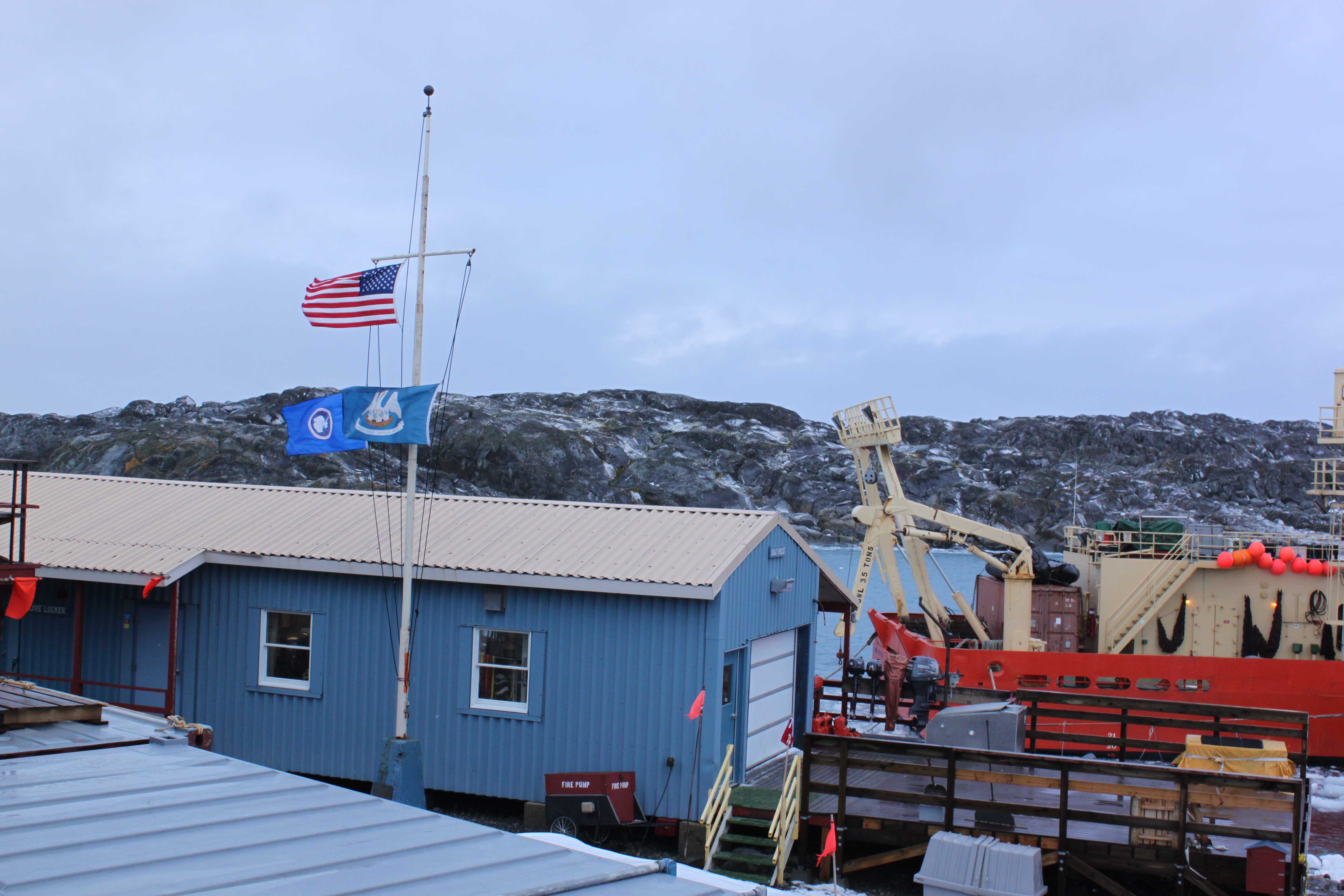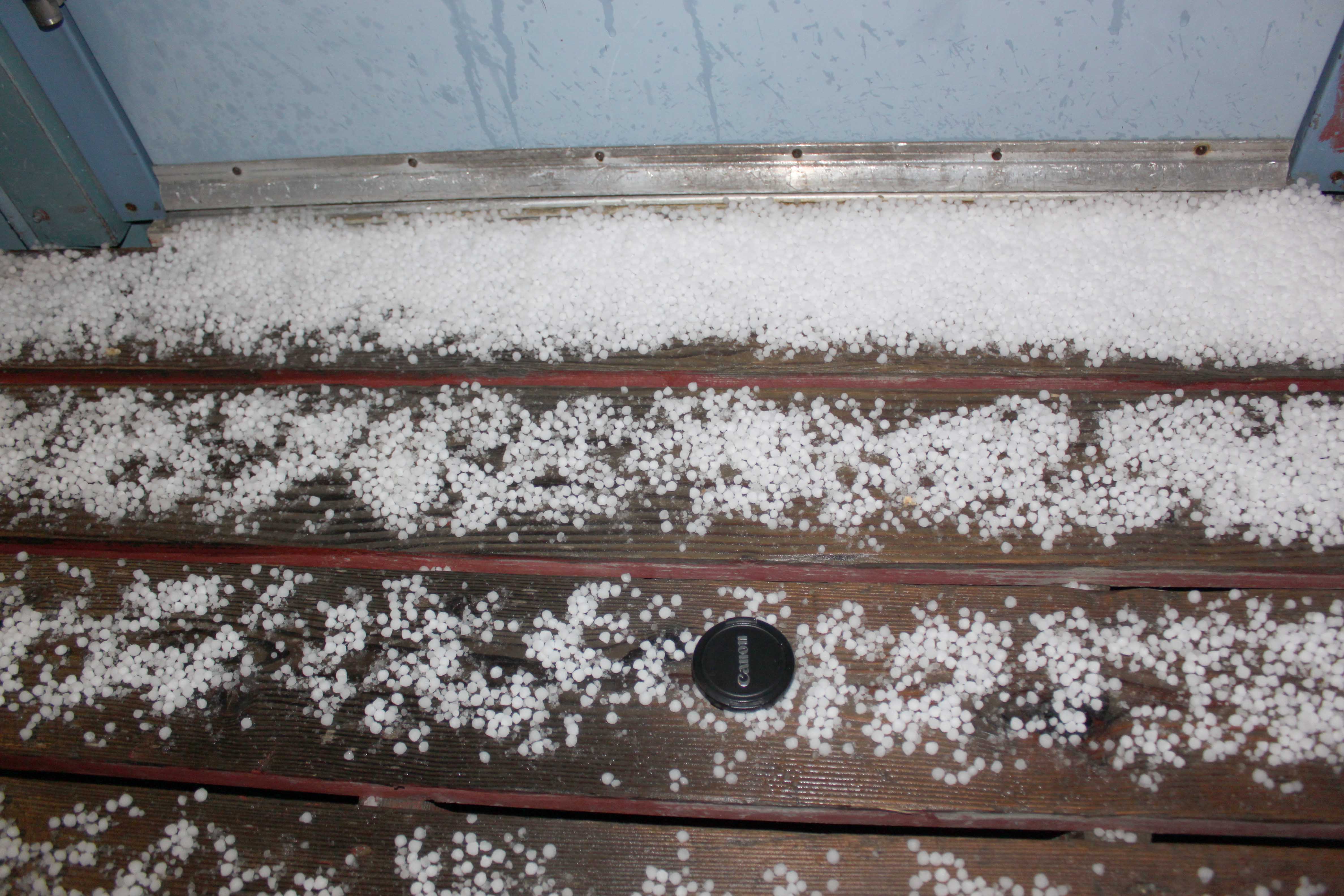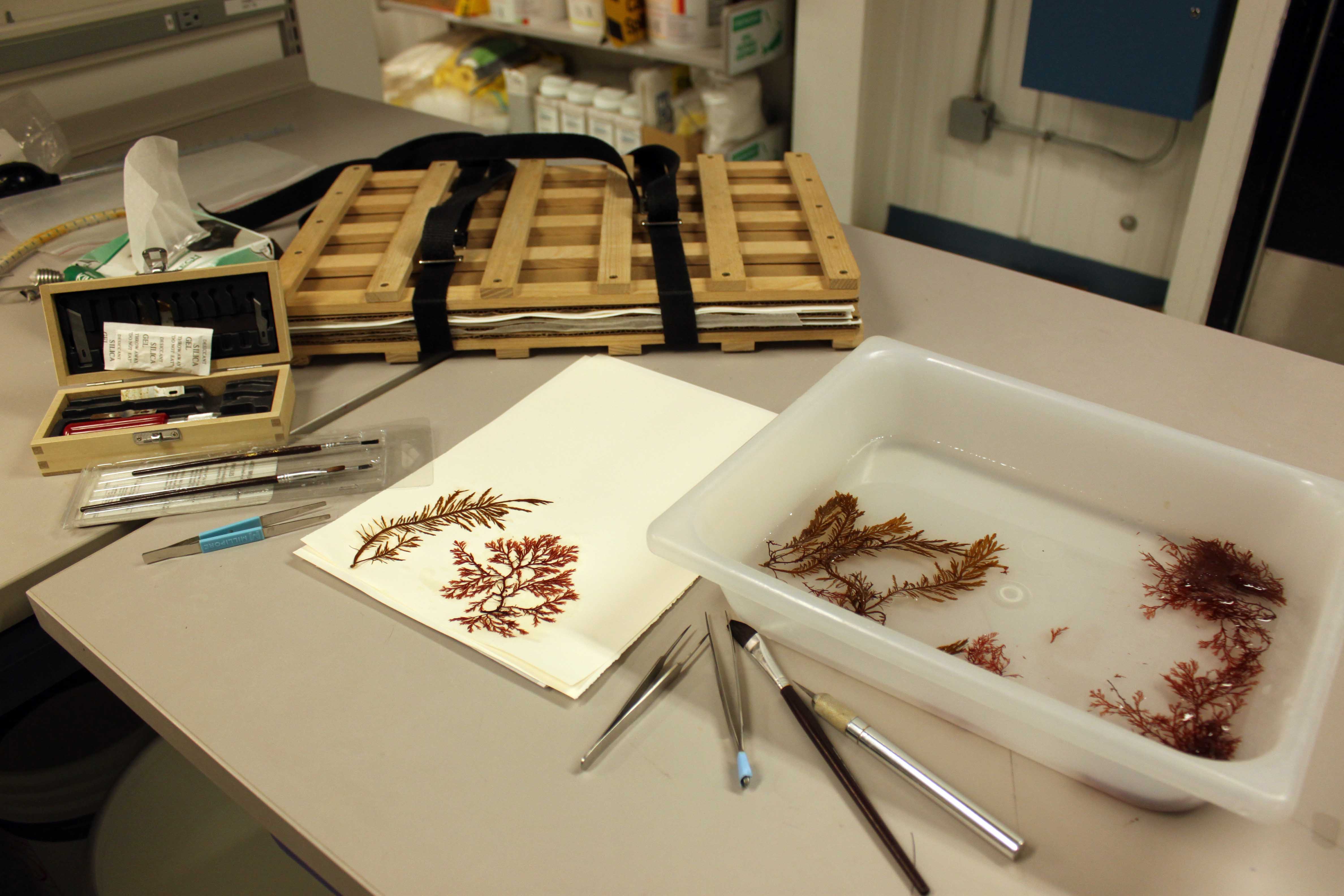
The Gould arrived in the afternoon earlier this week bringing from Chile the ever-anticipated resupply of freshies. Oh yes, that evening we dined on salad and fresh fruit off-loaded from the ship just a few short hours before all queued up to the station’s short cafeteria line. The freshies are at the end of the line so all made sure to grab a bowl or leave plenty of room on the plate for a mound of greenery.
The Gould also delivered new residents many of who have never been to Antarctica or Palmer. So it doubly saddened me that the initial view for all aboard of Palmer Station included flags flying half-mast for the Boston Marathon bombing. Remote we are in some ways but clearly not out of touch with reality.
Included amongst the faces were familiar fish folks Kristin O’Brien from the University of Alaska at Fairbanks and fellow ‘old-timer’ Lisa Crockett from the University of Ohio. Lisa and I first met many years ago at Palmer – during our graduate student days and at that time were among the younger scientists in residence. Not the case anymore….. Fish folks on-board meant recently caught fish on board that had to be offloaded before the people and the freshies as earlier described.
It seems the Gould even delivered to station bad weather! As the cargo shuffle continued into the evening the back-up beep beeping of heavy machinery was drowned out by a furious tympani ala metal roof. It was sleeting! Dense, ¼ inch diameter balls of ice pounded down on the roof and against the windows for a brief, yet nonetheless incredulous time. Mounds several inches deep piled up at doorways (see image left). What next a Palmerite exclaimed – thunderstorms in Antarctica?! As Bob Dylan writes and Kate would reprise – “ the times they are a changin’”.

That day had started calm but just as we planned to depart on a dive, the winds jumped up so we put off our departure until after lunch if the winds died. Mother Nature did not cooperate so we stayed home that afternoon to do indoor science. It was not too inclement to offload the ship of cargo. For hours, beyond the window panes near the computer I worked at, heaps of cargo streamed out of the ship’s hold plus 2 containers (like 18 wheelers haul around) full of boxes containing an array of items for station facilities like light bulbs, paper towels, the replacement for the much needed second microwave in the galley,etc. A massive amount of dry goods food like flour, pasta, cereals and an equally heavy and generous range of frozen foods were stuffed into appropriate storage. Weeks will be spent unpacking and organizing all. The Gould also delivered ‘snail mail’ letters and small packages that loved ones had mailed to station folk. Kate once again scored the deepest stack according the staff member whose duties include postal clerk.
Well the times did not change the following day. We had thought that we could at least do a shore dive in the relative protected from wind confines of the zodiac dock. The wind had shifted direction such that it was driving waters around the stern of the Gould bringing not only lumpy swells but lots of floating chunks of brash ice into the dock area. The gear that Kate and I had set up the day before would continue to lie dormant on the dive locker floor. Oh well. Weather – you like it or not.
Today, Sunday (our day off until 1 PM) grayed to a start with a sun rising somewhere reportedly just before 9am but Mr. Wind evident and blowing strong at 30 knots. Since we have been so weather hampered on dive ops, it was arranged the night before that if on wakening, unless your windows are leaking with driving rain/snow or rattling/whistling with wind our group would meet at 9am to plan for a morning dive otherwise we would meet at normal Sunday time of 1PM. Dream on all as wind was 25-30 knots.

An early riser anyway, I was up for New York Times crossword puzzling long before our tentative but unrealized morning meeting. My attention turned to the lab but I played as algal artist – arranging some of my favorite algae onto to cotton rag/herbarium paper to create artful (well I think so) compositions of still life a al algae. Ever put a special flower into the middle of a thick book to flatten and preserve it? That is sort how algae art or dried algal specimens are prepared. In lieu of a heavy book we use a plant press basically comprised of a two piece slated wooden frame strapped together with a pair of black adjustable cinch straps. Between the frame can be any number of corrugated cardboard sheets hugging a pair of absorbent pulpy sheets called blotters. Sitting on the bottom blotter is the herbarium sheet with wetted, arranged algae. Atop the algae is a layer of either wax paper or cheesecloth to hold the arrangement in place. Another blotter sheet is sandwiched above and that topped off with another cardboard layer. The corrugation enhances air movement and drying/gluing of the alga onto the paper while the cinch straps provide pressure to ensure contact of specimen with herbarium paper. This technique not only serves as an artful expression of specimens but is also a great way to preserve algae (flowers, tree leaves, etc) without use of chemical preservatives. See the herbarium and associated tools and an example right.
Late in the morning, the Gould cast off lines and sailed away. In the ship’s wake, the winds calmed and a long forgotten blue sky fought through clouds to reacquaint itself with us. Hurray! The times are a changin’ for the better! Shortly after the project’s 1pm meeting, diver Kate and I were once again lifting our gear off the dive locker floor to load into the zodiac. Though the waters at the zodiac dock were still churning, the winds were favorable for boating so tenders Chuck and town tender Darren Yates (Utility Technician) helped Hannah Gray launch the loaded dive boat for our underwater escapade. Finally!
The waters were still pretty lumpy as Captain Darren slowly motored us to our intended dive site. It was not protected enough as we hope from the wind revved prevailing swell. Plan B. Kate and I were able to get some of the needed work done at the alternate swell-free site. We made a second dive in a very protected cove which was also productive. However, at each site, with each minute of the just over two hours we were out, the winds were slowly building. The Gould sailed away yet only briefly took the weather with her it seems. Now after a 5:30 sunset, the winds are bellowing at 30 knots. To exchange Bob Dylan with a twist on Jimmy Buffett lyrics, I guess you can’t “always take the weather with you”.